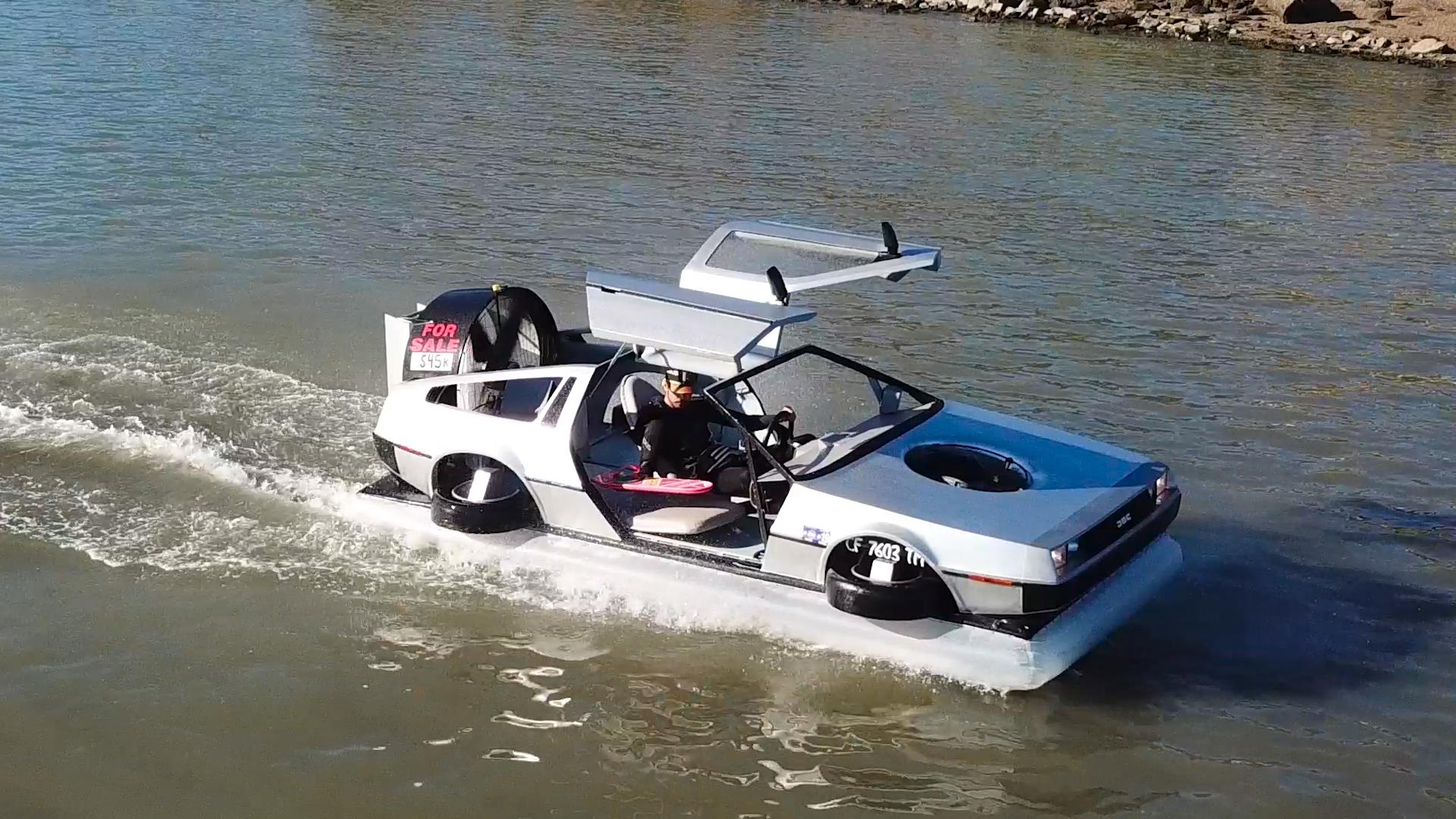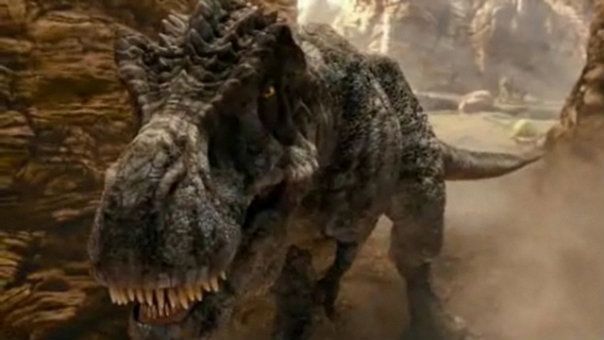“Back To the Future” fans will swoon over this ‘DeLorean’ hovercraft. 🆒.



A magnitude 6.7 earthquake struck an area 175 miles northwest of the Kurile islands off Russia in the northwest Pacific on Saturday, the U.S. Geological Survey said.
There was no immediate tsunami warning or any reports of any damage or casualties resulting from the quake, which the USGS said had occurred at a depth of 292 miles.

Are you one of the 30 million users hit by Facebook’s access token breach announced two weeks ago? Here’s how to find out.
Facebook breach saw 15M users’ names & contact info accessed, 14M’s bios too


Click on photo to start video.
Note in the in-capsule video, that Col. Nick Hague’s Falcon stuffed toy is thrown violently upwards as G-forces grip the capsule, followed by both astronauts being shaken violently as well, their hands and arms waving wildly. I won’t share my hypotheses as to what happened as of this point, but I have some ideas.


In early 1999, during the halftime of a University of Washington basketball game, a time capsule from 1927 was opened. Among the contents of this portal to the past were some yellowing newspapers, a Mercury dime, a student handbook, and a building permit. The crowd promptly erupted into boos. One student declared the items “dumb.”
Such disappointment in time capsules seems to run endemic, suggests William E. Jarvis in his book Time Capsules: A Cultural History. A headline from The Onion, he notes, sums it up: “Newly unearthed time capsule just full of useless old crap.” Time capsules, after all, exude a kind of pathos: They show us that the future was not quite as advanced as we thought it would be, nor did it come as quickly. The past, meanwhile, turns out to not be as radically distinct as we thought.
In his book Predicting the Future, Nicholas Rescher writes that “we incline to view the future through a telescope, as it were, thereby magnifying and bringing nearer what we can manage to see.” So too do we view the past through the other end of the telescope, making things look farther away than they actually were, or losing sight of some things altogether.


The Tyrannosaurus rex may be among the most well-known and terrifying dinosaurs to walk the Earth, but a newly discovered relative may have been even scarier.
Dynamoterror dynastes, a variant of T. rex, was discovered in New Mexico in 2012 by a team of researchers, led by Western Science Center paleontologist Andrew McDonald. It has a slightly different bone structure compared to its successor cousin.
“Despite fragmentation of much of the axial and appendicular skeleton prior to discovery, the frontals, a metacarpal, and two pedal phalanges are well-preserved,” the study’s abstract reads. “The frontals exhibit an unambiguous autapomorphy and a second potential autapomorphy that distinguish this specimen from all other tyrannosaurids.”

It’s often said that we know less about what is hiding in Earth’s oceans than we do about what lurks in the depths of space. While that might be hyperbole, a new discovery off the coast of Australia certainly lends weight to the argument.
Hidden some 2,000 meters beneath the waves off the east coast of Australia, researchers stumbled upon something they didn’t even know was there: a massive volcano graveyard that they are calling the “Lost World” of extinct underwater volcanos.